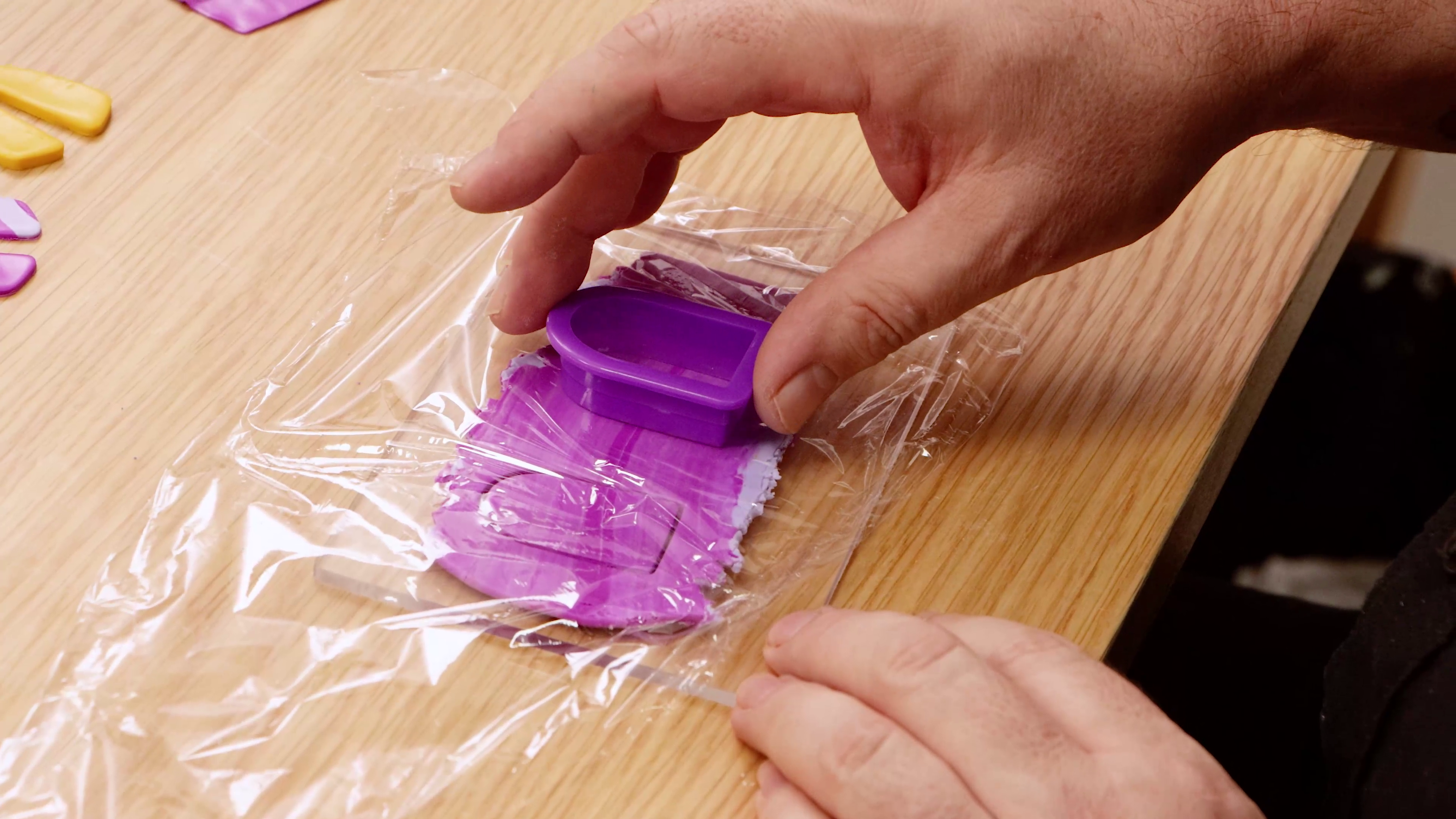Create a sunset seascape oil painting
In this lesson we use traditional oil paints to create this vibrant and easy sunset seascape. For the beginners wanting to try their hand at a seascape we offer simple approaches on blending and colour mixing, and this lesson is perfect for experimenting with new techniques. A colourful and fun project, easy enough to tackle any day of the week when you need an art escape.
1. Transferring the boat.
The first step is to transfer the image of the boat from page 5 of this PDF. This can be done by shading the backside of the image sheet with a 6B pencil. Position the sheet image side up and tape it into the desired position. Using a 2H pencil, retrace the outline of the boat. Remove the sheet and re do the line work.
The trick in creating this sunset is to lay most of the colours adjacent to one another and then blend them together with a clean brush. Don’t continually keep washing out your brush, get into the habit of wiping it instead. Lay the colours on fairly thinly as you need the drawing of the boat to still be visible.
Step 2. Painting the sky.
Lay a thick strip of masking tape across the horizon line. Ensure it is level. Squeeze out some Lemon Yellow, Cadmium Orange, Cadmium Red, Crimson Red, Phthalo Blue, Purple and Titanium White, all in traditional oil paint. Lay a band of Cadmium Orange across the horizon line; next lay some Lemon Yellow above this band. Try to lay this in an elliptical shape. This is where our sun will be situated.
Add some more Orange on top of the Lemon Yellow and blend the yellow and orange together. Add some Crimson into the Orange. Apply this paint with long strokes. The top half of the sky is cool colours.
Lay some Phthalo Blue into each side of the canvas and add some Lemon Yellow into the middle of the canvas. Add a band of Sky Blue created from 1 part Phthalo Blue to 1 part Titanium White. Now all the colours are laid in, gently blend them together. Be mindful not to over blend the colours. A Green tone will be created as the Lemon Yellow and Phthalo Blue mix just ensure any colour transitions are smooth.
The last step is to lay the sun into the middle of the bottom Yellow block then remove the masking tape .
If you intend to glaze ensure that the underlying coat is touch dry.
3. Painting the water.
As most of us are aware water essentially acts as a large mirror, and the colours of the sky will show on its surface. Saying this though we will be simplifying it for compositional reasons. So start by laying in a band of Lemon Yellow across the underside of the horizon line. Extend the Lemon Yellow out from below where the sun lies to the bottom of the canvas.
Paint some Orange up to the Yellow on both sides, then paint some Cadmium Red up to the Orange. Apply some Crimson adjacent to the Cadmium Red so the Crimson blocks of colour lie in the corners.
Blend all these colours together so they transition with one another smoothly. Next add a series of White lines under the sun to show as a reflection of the setting sun on the water. Let this become touch dry. This should take a number of days.
Step 4. Glazing.
I add a glaze to certain parts of the painting to give it more depth.
To create a glaze I mix a chosen colour with an equal proportion of Water Mixable Linseed Oil Medium.
The areas I glazed are as follows:
a) A purple Glaze over the Crimson areas at the bottom corners of the canvas.
b) A Phthalo glaze over the Phthalo parts of the Sky.
c) An Orange glaze over the edges of the canvas along the horizon line.
I have only glazed certain areas, but the whole painting could be glazed in the same tones as the underlying ones. This creates an even more vibrant look to the work. The top coats must be translucent though.
Step 5. Painting the Boat
Next we need to paint in the boat.
Although it looks Black the colour is actually made up with Crimson Red and Phthalo Blue. Add some medium so that it is the viscosity of cream and paint in the boat.
Once the Boat is painted in, suggest the reflection cast from the boat in a mirrored shape directly beneath the boat. Do this with a series of horizontal dashes. Apply some Lemon Yellow into the port holes to suggest a light in the cabin and add the reflection of each one of these lights on the water. Do this with little dashes.
Material List
- Double Thick Studio Canvas Pine Frame 50.8 x 60.9cm (20 x 24in)
- Artist Brush Chungking Flat 10
- Gallery Series Brush Set Acrylic 4pce
- Brush Washer Signature Stainless Steel
- Palette Knife Signature No.4





























